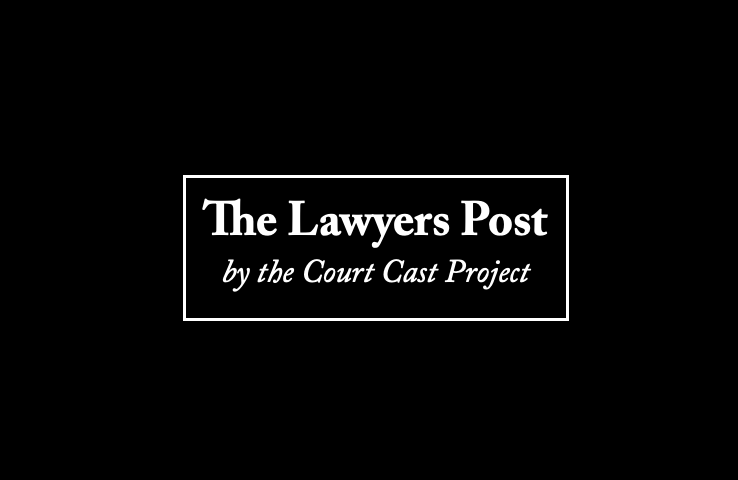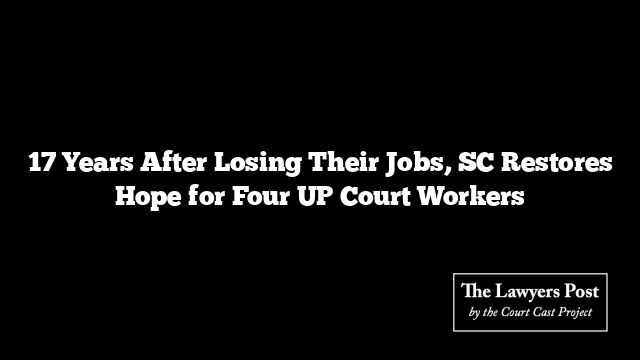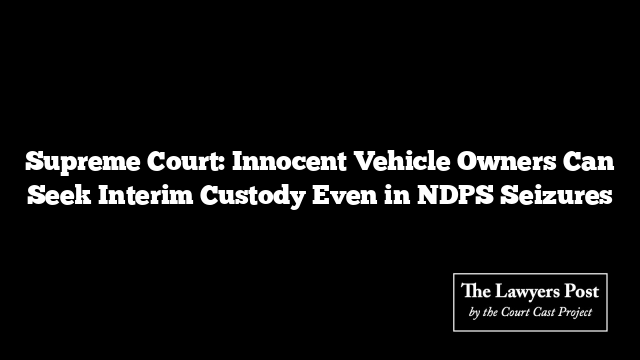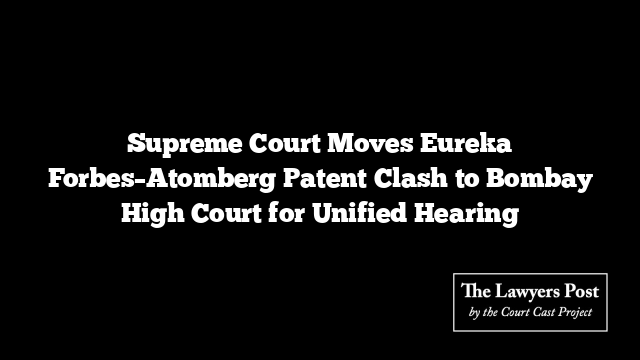In a poignant twist of justice, the Supreme Court has undone the termination of four Class IV employees from Uttar Pradesh’s Ambedkar Nagar District Judgeship—seventeen years after they were shown the door.
A bench led by Chief Justice BR Gavai, with Justice K Vinod Chandran, ruled that their dismissal in 2008 for exceeding the advertised vacancies was unwarranted. The Court ordered reinstatement for those still below the retirement age, while directing that those who have crossed 60 years receive a minimum pension.
The story began in 2001, when the four were appointed based on an October 2000 advertisement for twelve vacancies. The notice had clearly stated that the number of posts could “increase or decrease.” Yet, in 2008, six appointments—including theirs—were cancelled on the ground that they exceeded the advertised number. The Allahabad High Court upheld the decision, branding their appointments illegal.
On appeal, the Supreme Court found the reasoning hollow. Referring to Naseem Ahmad & Others v. State of Uttar Pradesh (2011), the bench held that Rule 12 of the 1955 Rules allows for a waiting list to fill vacancies arising within a reasonable timeframe—either in the same or the following recruitment year.
“The language of the advertisement itself reveals that a waiting list was intended. Such appointments were permissible under the rules,” the bench observed, noting that new recruitment drives were not held until 2008 and 2015, by which time 29 vacancies had arisen.
The Court found the employees’ removal unjustified but tempered its decision with pragmatism. Considering that 17 years had passed, two of the four had already crossed the retirement threshold, while the remaining two were nearing it.
Accordingly, the Court ordered reinstatement for those still in serviceable age—either in existing or supernumerary posts—to be adjusted against future vacancies. The others will receive minimum pension despite their short service tenure of eight years.
Their prior service will count for pension calculation but not for seniority, and the long gap of unemployment will not be factored in for any purpose. The Court also made it clear that its directions were tailored specifically to this case and should not be treated as a general precedent.





